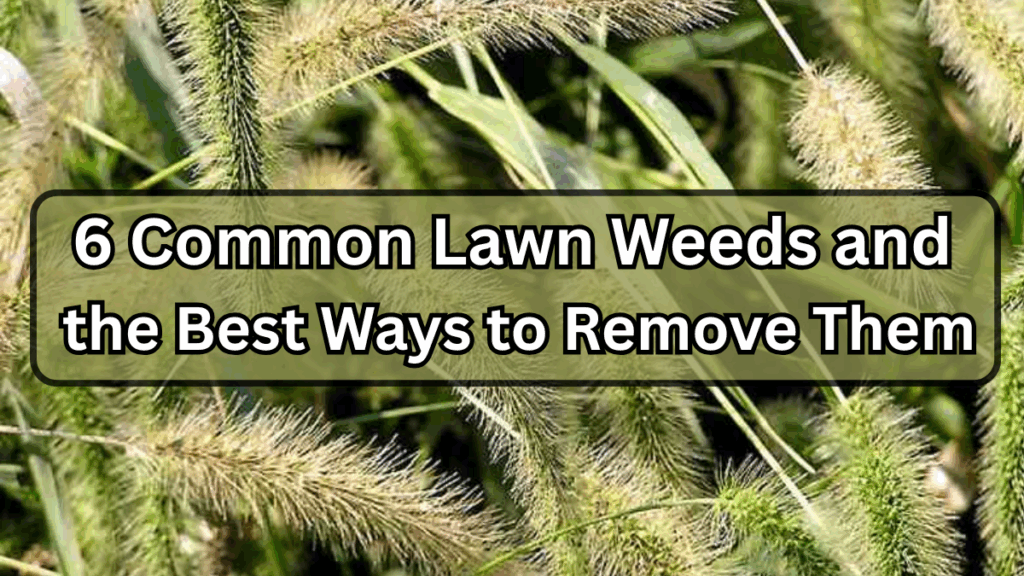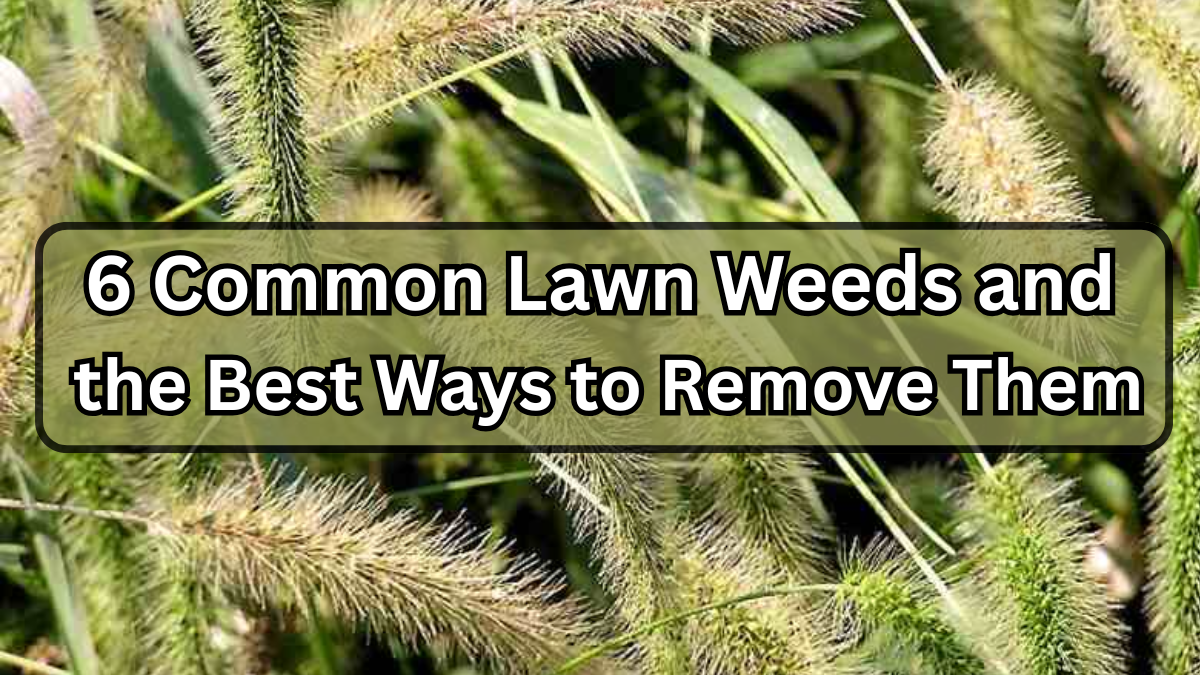Keeping a healthy, lush green lawn is every homeowner’s dream. But just when you think your grass is thriving, those stubborn lawn weeds pop up uninvited. These unwanted guests not only compete with your grass for nutrients but can also spoil the overall look of your yard.
In this article, we’ll explore 6 common weeds that most homeowners face and the best techniques for removing them effectively. With the right approach, you can keep your lawn looking beautiful without harming the environment.

Why Tackling Lawn Weeds Matters
Weeds are more than just an eyesore. They:
-
Steal nutrients and water from your grass
-
Spread quickly if left unchecked
-
Make lawn maintenance harder in the long run
-
Attract pests and weaken the overall health of your yard
6 Common Lawn Weeds and How to Remove Them
Dandelions
-
Identify: Bright yellow flowers with fluffy seed heads
-
Remove: Pull out by the root with a weeder tool or apply vinegar-based spray
Clover
-
Identify: Small green leaves in groups of three, often with white flowers
-
Remove: Encourage healthy grass growth with nitrogen fertilizer; hand-pull clusters
Crabgrass
-
Identify: Low, sprawling grass-like weed with wide blades
-
Remove: Mow high to shade soil and use pre-emergent herbicides in spring
Chickweed
-
Identify: Tiny green leaves, grows in dense patches, often in cool, damp soil
-
Remove: Hand-pull before seeding and improve drainage to prevent regrowth
Plantain Weed
-
Identify: Broad, oval leaves with thick stems, grows flat on the ground
-
Remove: Dig out with a spade and apply mulch to reduce re-sprouting
Thistle
-
Identify: Spiny leaves with purple flowers
-
Remove: Wear gloves, cut before flowering, and dig deep to remove roots
Natural vs. Chemical Control
Natural Methods
-
Hand-pulling weeds after watering so roots come out easily
-
Using mulch to block sunlight from reaching seeds
-
Vinegar or boiling water as spot treatments
Chemical Methods
-
Selective herbicides target weeds without damaging grass
-
Pre-emergent herbicides prevent weed seeds from sprouting
Tip: Use chemicals only when necessary and always follow label instructions. A balanced mix of natural methods and smart lawn maintenance usually works best.
Preventing Weeds in the First Place
The best way to deal with weeds is to stop them from taking over in the first place.
-
Mow regularly and keep grass at the recommended height
-
Water deeply but less frequently to promote strong roots
-
Improve soil health by adding compost and organic matter
-
Reseed thin patches so weeds don’t get the chance to grow
FAQs About Lawn Weeds
Q1. What causes lawn weeds to grow so quickly?
Lawn weeds thrive in areas where grass is weak or soil is compacted. They quickly spread because their seeds travel by wind, pets, or even on your shoes.
Q2. Can I remove weeds permanently?
It’s hard to remove weeds permanently, but consistent lawn maintenance like mowing, watering, and fertilizing helps keep them under control.
Q3. Are natural weed control methods effective?
Yes, natural methods like vinegar spray, mulching, and hand-pulling are effective for small infestations. For larger problems, a mix of natural and chemical control works best.
Q4. How often should I check my lawn for common weeds?
Inspect your lawn at least once a week, especially during spring and summer. Catching weeds early makes removal much easier.
Final Thoughts
Weeds may be stubborn, but with the right approach, you can win the battle. By identifying common weeds early and sticking to a smart lawn maintenance routine, you’ll enjoy a healthier, greener, and weed-free lawn all year round.
Click here to learn more
